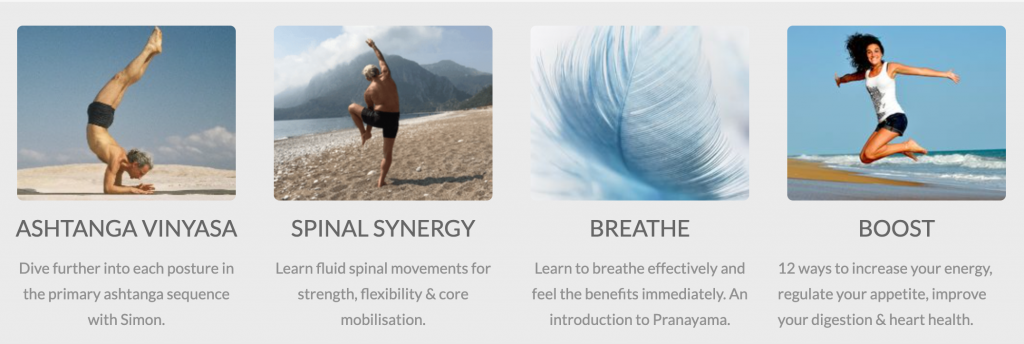I have been asked the following question about inverted postures and headstand in particular. Here is my short general answer:
QUESTION: Is there any way I can reduce the pressure in my head during headstand?
MY ANSWER: Headstand is an advanced posture and should not be attempted by most people. It requires adequate neck and upper body strength, adaptation to tolerate increased blood pressure, as well as the ability to control blood flow.
It is written that a main purpose of headstand is to increase blood flow to the head with gravity. In a relaxed body the downward force of gravity is more powerful than the upward pressure force of the heart. So part of learning headstand involves adapting to having a greater amount of blood in the head. It takes time to adapt to pressure increases in the head but this can be assisted by practicing simple partially inverted postures such as the standing forward bend (uttanasana). However, inversions do not necessarily have to increase blood pressure in the head if you understand and can control the other mechanisms that affect the movement of blood through the body. Some simple techniques that can counter the downward effects of gravity in headstand include the following:
- Lengthen the feet and toes away from the floor while keeping them feeling relaxed to create a expansive coactivation (bandha) around the ankle, knees and hips and that will pull the blood away from the head towards the feet. This action has been demonstrated to be effective in countering the effects of gravity using an infrared video camera.
- Gently wiggle the toes during the headstand and this uses the musculoskeletal pump to ‘pull’ the blood away from the head towards the feet.
- Press the wrists into the floor and widen the shoulder blades to ‘push’ the blood away from the floor and the head. This is physically challenging and can almost feel like you are doing a forearm balance (pincha mayurasana).
- Breathe into your abdomen rather than breathing into your chest and this can lessen the pressure in the head via the respiratory pump.
- You can use thought alone (i.e. your consciousness) to bring blood towards your feet and thus reduce the pressure in your head. Although this is challenging, research has shown that with practice simply thinking about (and/or viusalising) any part of the body will increase blood flow to that region.
Try a FREE Lecture
To learn more about this material please join one of our online courses. Try a FREE Lecture from any of our courses.
Advanced Yoga Fundamentals: Essentials for Teaching Yoga
Blending the science of physiotherapy and traditional yoga, you will learn the practical application of our ‘Anatomy and Physiology of Yoga’ course. For most people this is a more practical and more accessible course than ‘Anatomy and Physiology of Yoga’ and we recommend you do it first.
Our online course ‘Yoga Fundamentals:Essentials of Teacher Training: is a good complementary course for the ‘Anatomy and Physiology of Yoga’ Course as it’s not enough to know where your muscles and bones are, you also have to know what to do with them!
Our online course ‘Anatomy and Physiology of Yoga’ compares and contrasts the Eastern and Western approach to exercise and exercise therapy. This course also tries to explain the anatomy and physiology of yoga and other related eastern exercises (such as martial arts of China and India) using modern scientific language that is still accessible to the lay person.
Skill Building Online Courses
MORE POSTS BY SIMON BORG-OLIVIER
Share this Post



